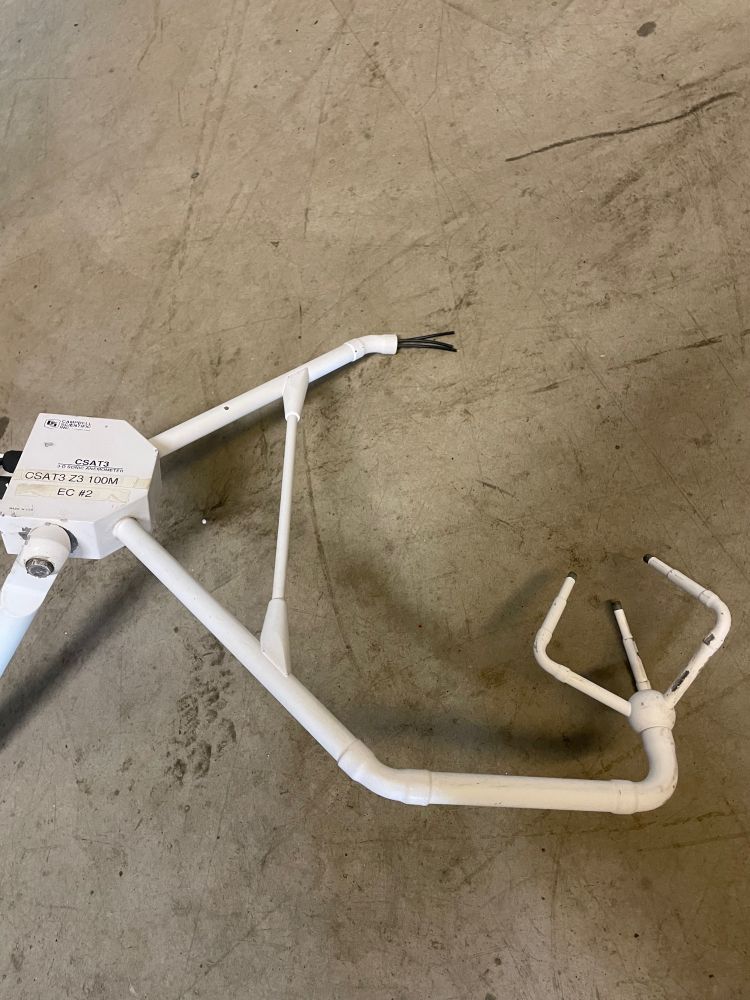Reposted by: Dylan B. Millet, Delphine K. Farmer

Reposted by: Dylan B. Millet, Debra Wunch, Colette L. Heald
Reposted by: Dylan B. Millet
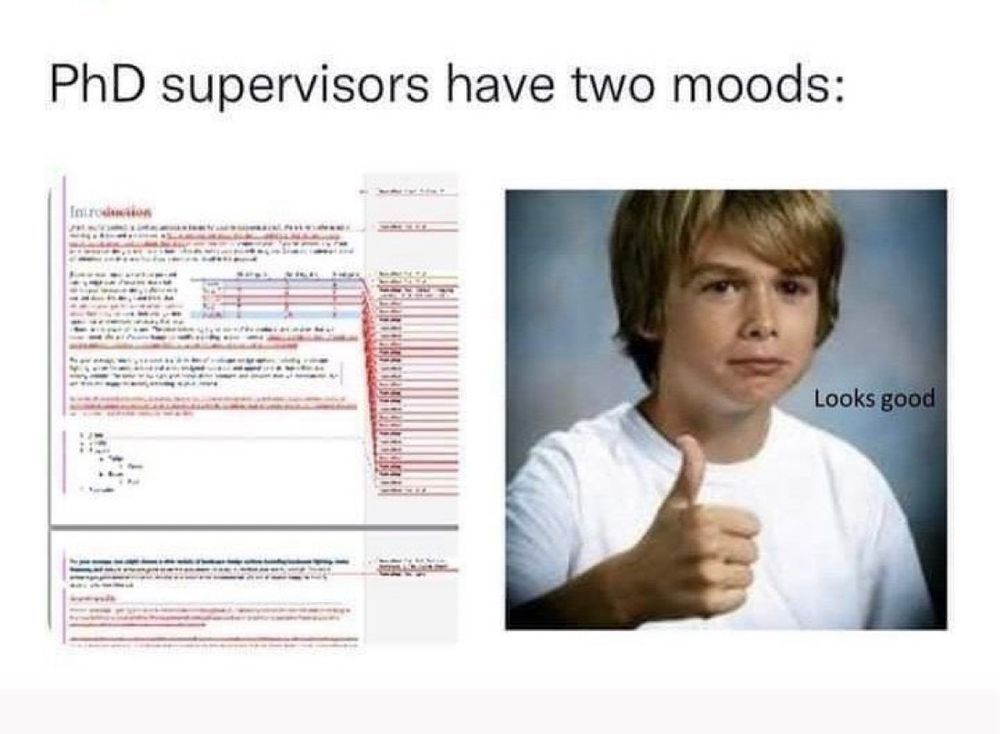
Reposted by: Dylan B. Millet

by Dylan B. Millet — Reposted by: Colette L. Heald
Out today online and in the 7/24 issue.
www.science.org/doi/10.1126/...
Reposted by: Dylan B. Millet, Sonia I. Seneviratne, Pierre Friedlingstein , and 21 more Dylan B. Millet, Sonia I. Seneviratne, Pierre Friedlingstein, Larry W. Horowitz, Simon L. Lewis, Johannes Quaas, Arthur Geßler, Norbert Marwan, Han Olff, Gerhard Krinner, Jingfeng Xiao, Thomas Karl, Colette L. Heald, Delphine K. Farmer, Matthias Cuntz, Erik Voeten, François Gemenne, Brian Medeiros, Jérôme Denis, Cailin O’Connor, Jennifer A. Johnson, Michael Westphal, Stefan Kirchner, Raphaël Soubeyran
Its near-final budget proposal would end all NOAA research labs, academic institutes, and regional climate centers. And it wants to fully end the NOAA Research division.
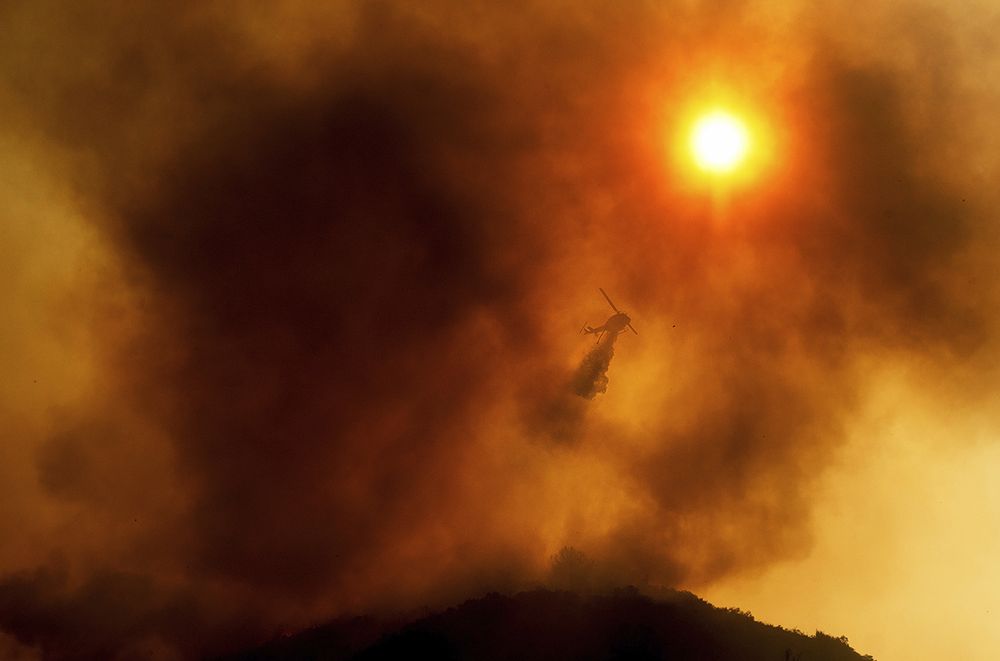
by Dylan B. Millet — Reposted by: Colette L. Heald
www.aaas.org/programs/fel...
Even though it only just became public, selections were made back in November so Stan did find out at that point.
www.science.org/doi/full/10....
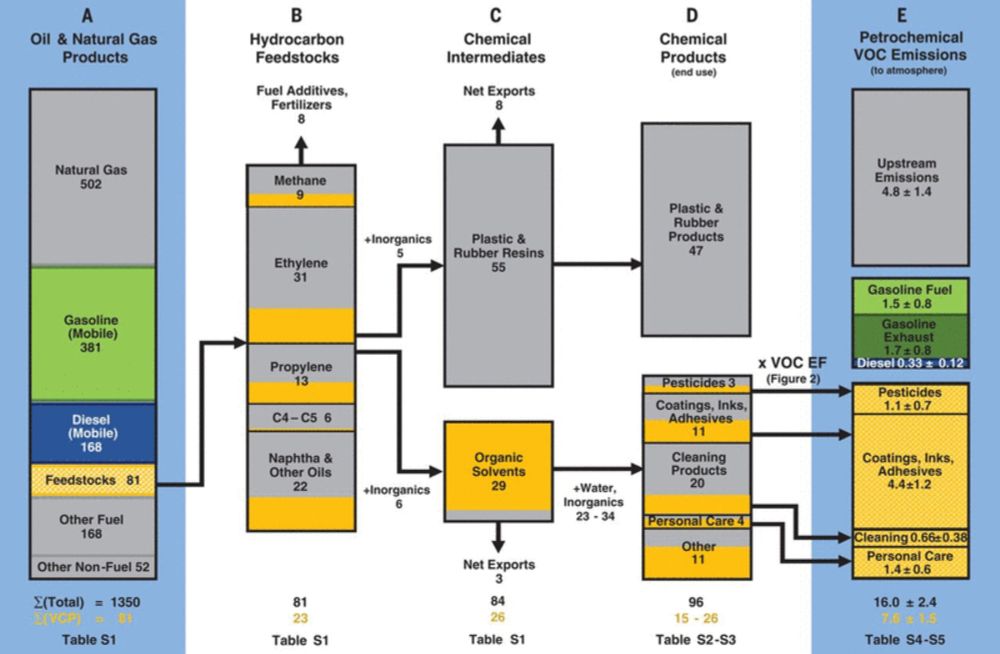
doi.org/10.1029/2012...
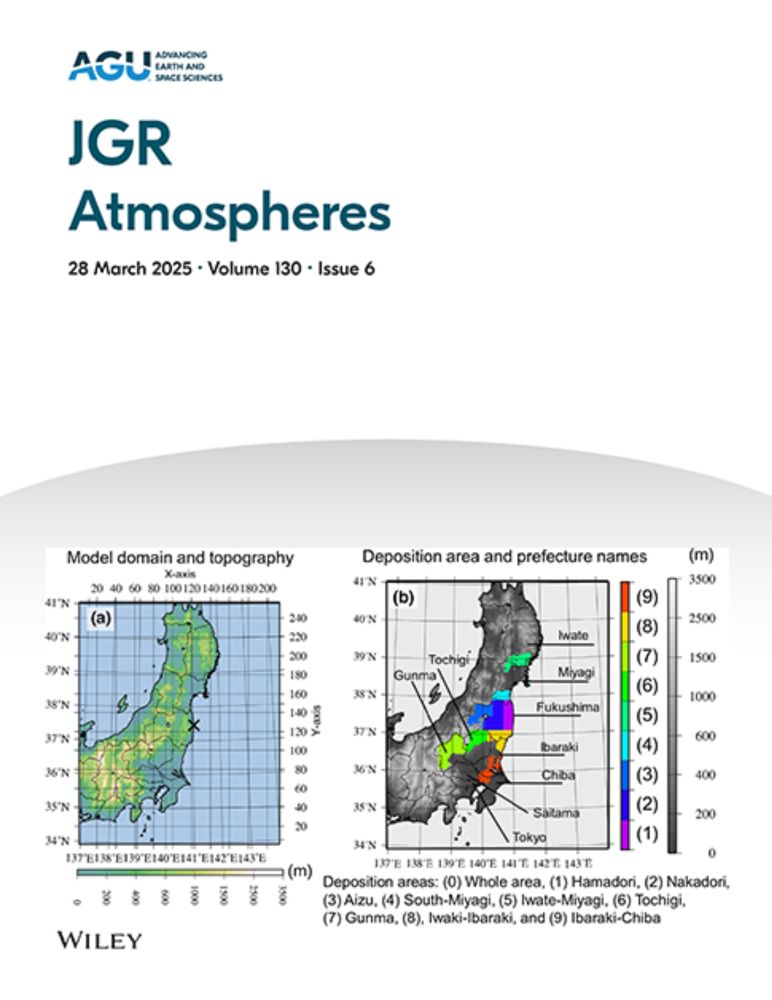
www.nature.com/articles/nat...
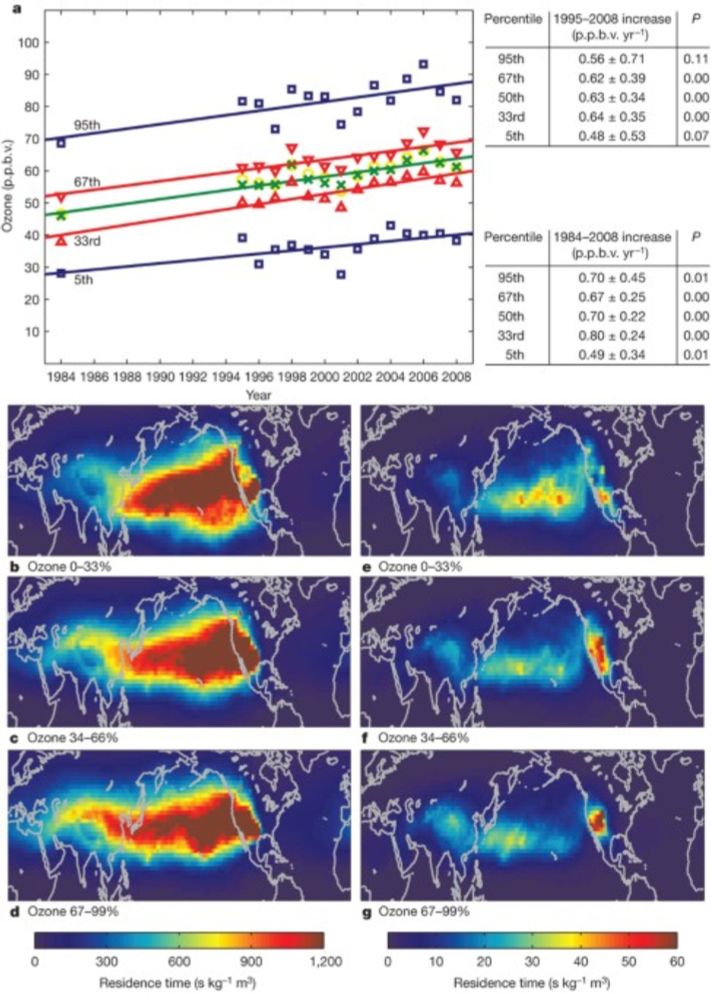
doi.org/10.1029/2022...
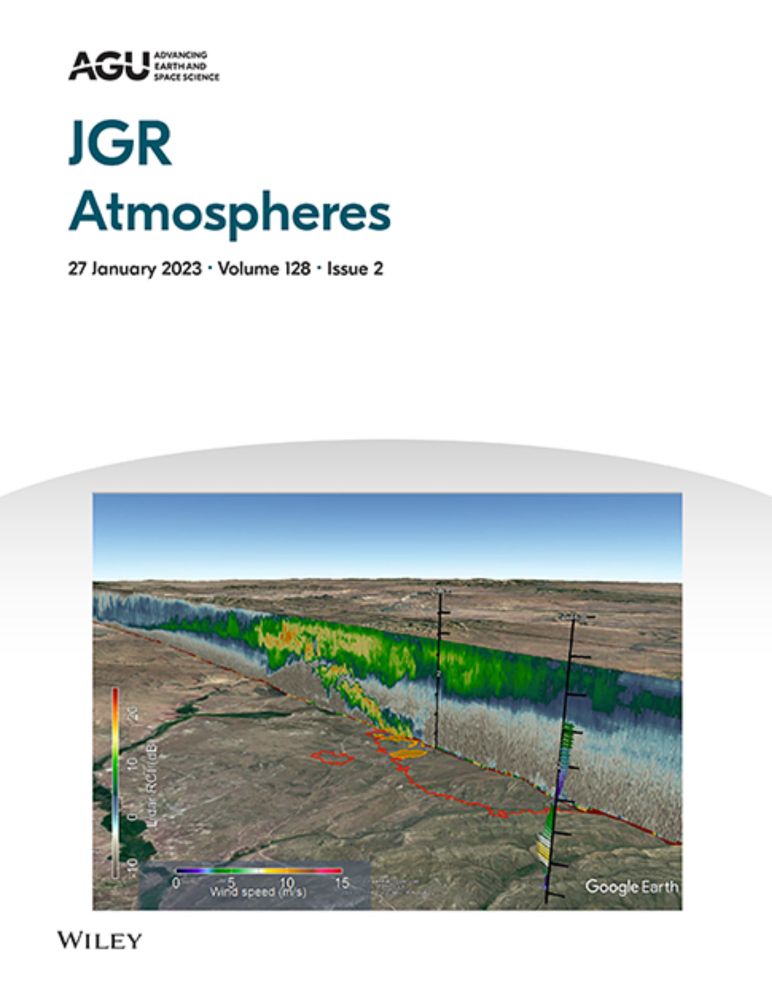
CSL research helped show the role that natural VOCs play in ozone pollution (changes control strategies!) …
www.nature.com/articles/329...
csl.noaa.gov
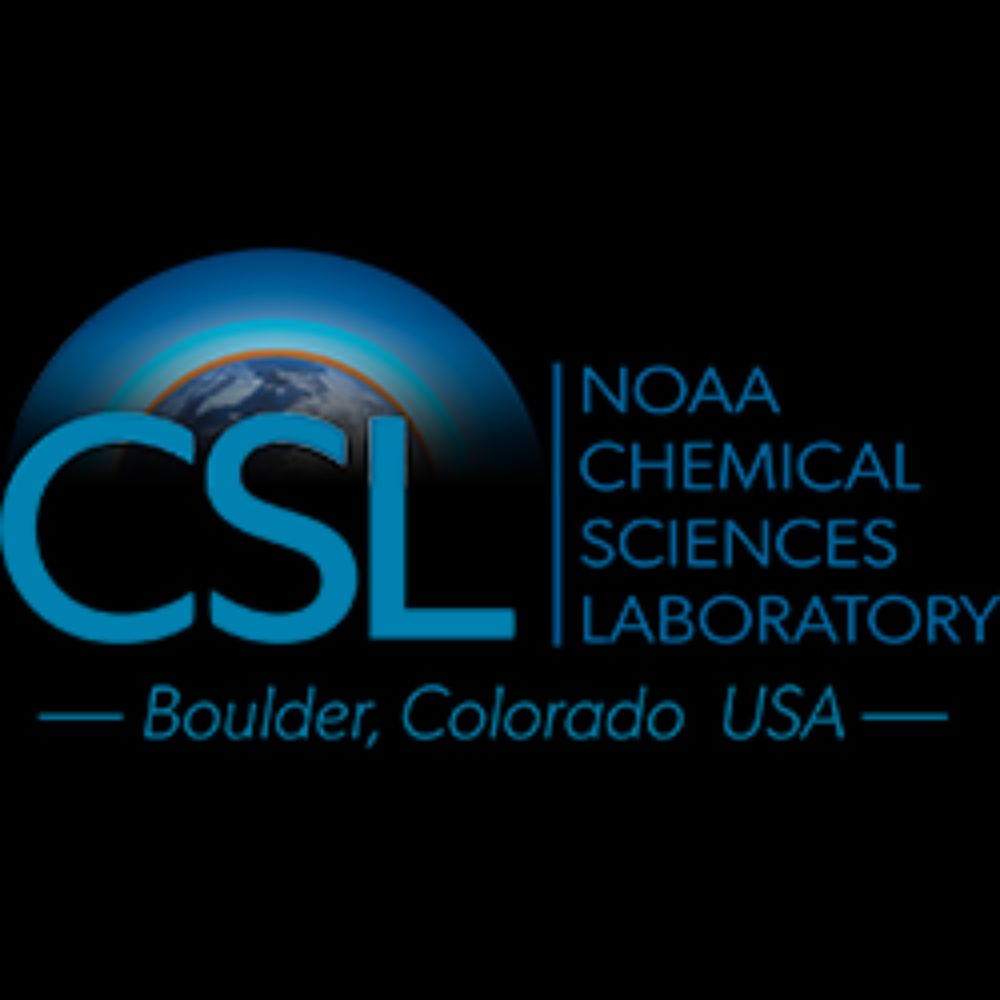
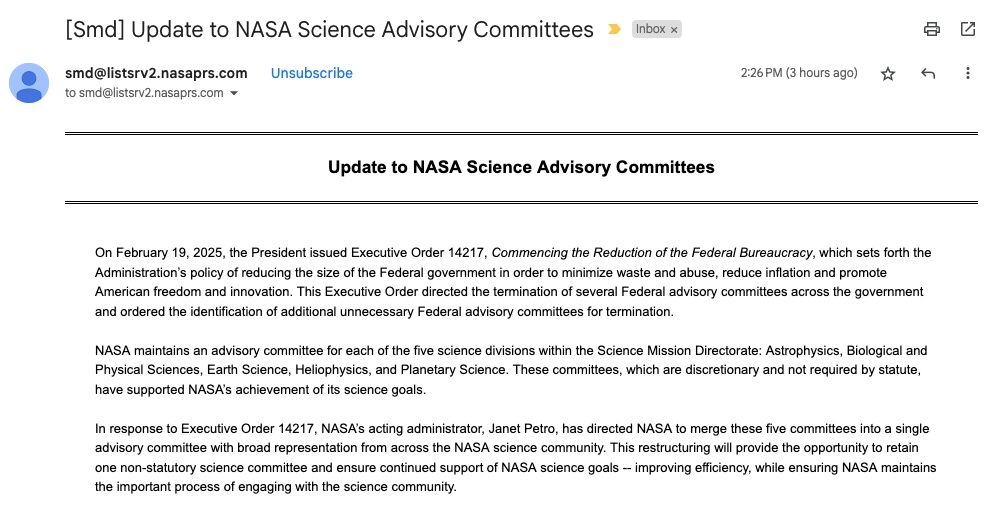
Reposted by: Dylan B. Millet
Please sign up to attend at standupforscience2025.org
To effectively push back the attacks on science happening now, it is so critical to show mass support for science by gathering together in the streets!
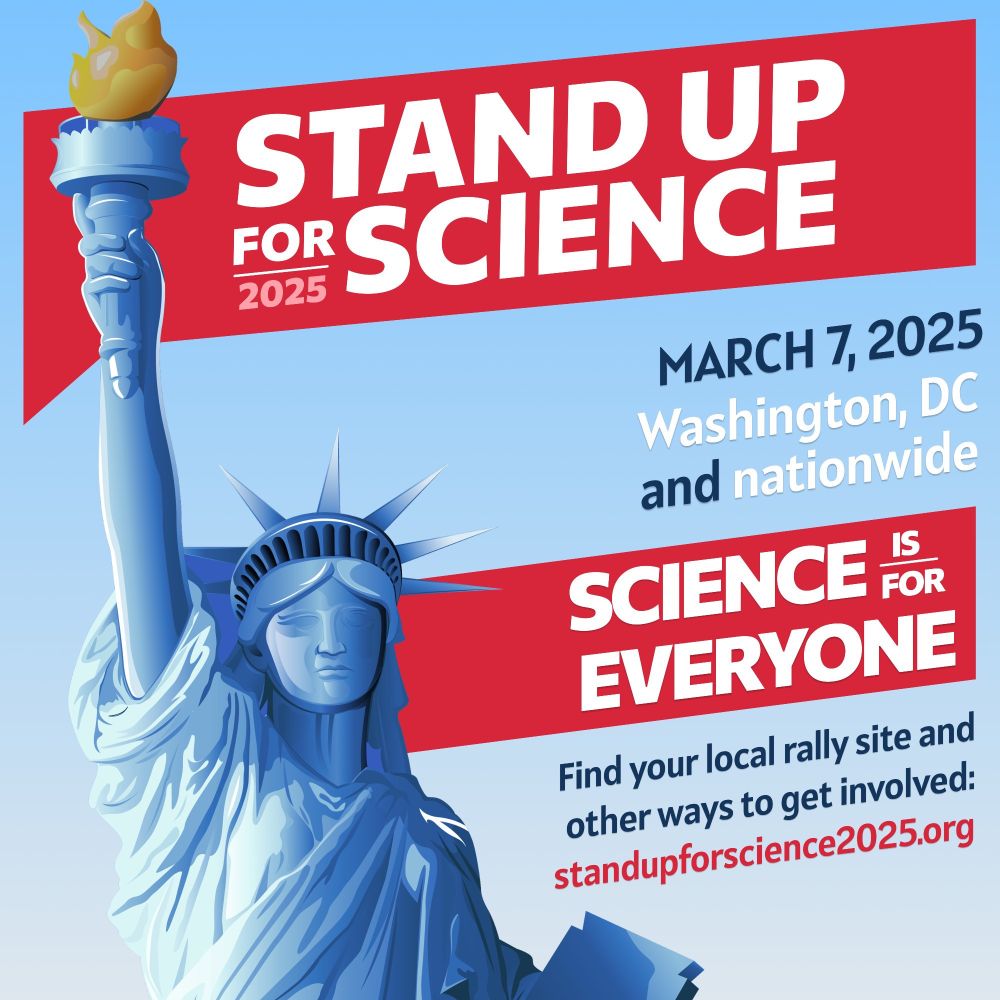
Reposted by: Dylan B. Millet, John Parker

Reposted by: Dylan B. Millet
These agencies and their staff do real work that keeps us safe, it just goes unnoticed - until they’re gone.
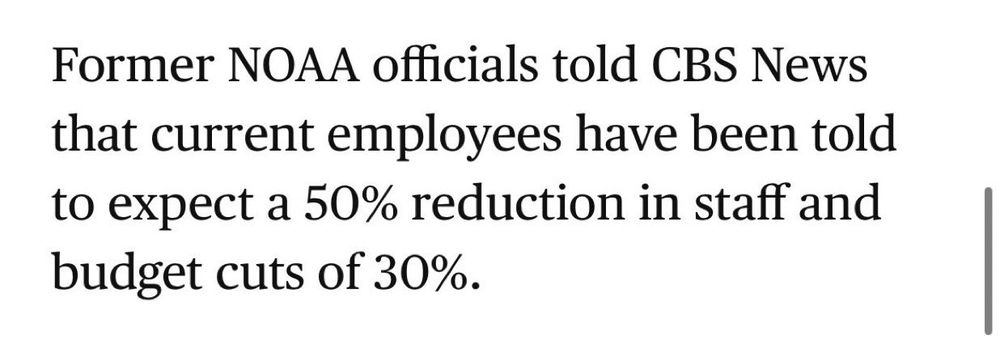
@mvermeuel.bsky.social has moved on and is now Ass’t Prof at Purdue, watch for cool research from his new group!
7/7
6/7
4) Chemical reactions inside forest canopies has been proposed to be one important ozone loss mechanism. But @mvermeuel.bsky.social shows that this is trivial for the 3 forest types examined
5/7
4/7
3/7
